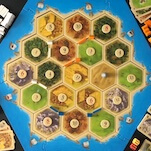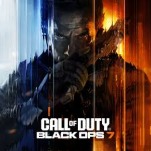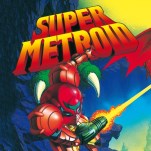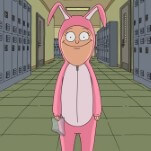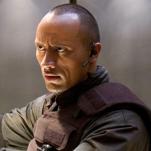An Appreciation of Gunnerkrigg Court, One of the Best Science-Fantasy Webcomics on the Internet
Art by Tom Siddell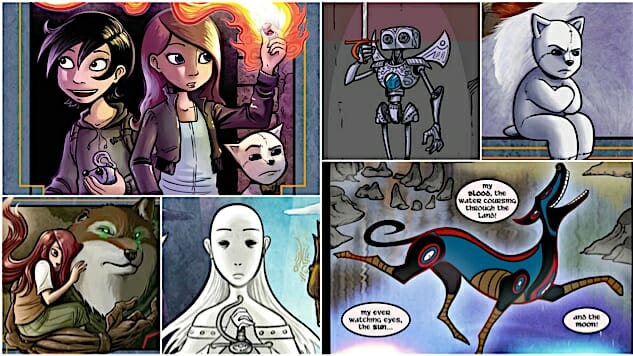
It’s a summer day in July and I start my morning online routine in the same place I do practically every Friday morning, checking out the newest page from Tom Siddell’s Gunnerkrigg Court. I start my Mondays and Wednesdays this way, too, and have for over a decade now for the simplest of reasons—in content and quality, Gunnerkrigg feeds my love of richly drawn, complex worlds in ways few other media do. There are other webcomics I love—Rob Balder’s quirky, compelling Erfworld, Kaja and Phil Foglio’s fun, frenetic Girl Genius, Rich Burlew’s gag-laden, meta-heavy The Order of the Stick, to name a few—and countless others to discover, but there is only one Gunnerkrigg.
At first glance, Siddell’s webcomic might strike one as, if not derivative of Harry Potter and friends, at least firmly lodged in a similar space. The titular location is, after all, a school populated by wondrous creatures both within and in close proximity to the student body. The main character, Antimony (Annie) Carver, is a young girl who is for all intents and purposes an orphan—her mother is dead and her father absent—and who explores both the school and its surroundings, making friends as she encounters a bevy of fantastic beings and mysteries along the way. But such comparisons quickly become insufficient and even reductive as more is revealed of the science-based Gunnerkrigg, filled with its mechanical creatures and metal buildings, and the neighboring Gillitie Wood, filled with fairies, elementals and other woodland creatures.

Gunnerkrig Court Art by Tom Siddell
About Annie…
As the series’ protagonist, Antimony Carver is naturally the reader’s initial window into the world of Gunnerkrigg Court—it’s the rare chapter that doesn’t involve her presence in some way. But she’s also a marvelously opaque, unpredictable protagonist, not so much an unreliable narrator (she’s rarely actually the narrator) as an unreliable—read, human—protagonist. As she copes with (or denies) issues of abandonment and of inadequacy, she often makes the wrong choices. For all of its fantastic creatures and situations, some of the most moving and memorable moments come when Annie falters in her friendships or is called out for her flaws. As one gets deeper into the story, one realizes that the detached little girl in those initial panels wasn’t just yet another iteration of the “precocious child protagonist”—she’s actually a very damaged, emotionally stunted little girl. Sure, she’s seen some things that give her a unique perspective and enable her to react to otherwise disconcerting or wondrous events with aplomb, but she’s also suffering from the things she hasn’t seen, such as healthy models of friendship and responsibility. Stay with Gunnerkrigg Court for a while, and you’ll see Annie stumble and fall, rise and recover—and you’ll be reminded how fraught emotional growth can be.
-

-

-

-

- Curated Home Page Articles By Test Admin October 21, 2025 | 3:10pm
-

- Curated Home Page Articles By Test Admin October 21, 2025 | 2:57pm
- Urls By Test Admin October 21, 2025 | 2:57pm
- Curated Home Page Articles By Test Admin October 21, 2025 | 2:55pm
-

-

-

-

-

-

-

-

-

-

-

-

-

-

-

-

-

-

-

-

-

-

-

-

-

-

-

-

-

-

-





